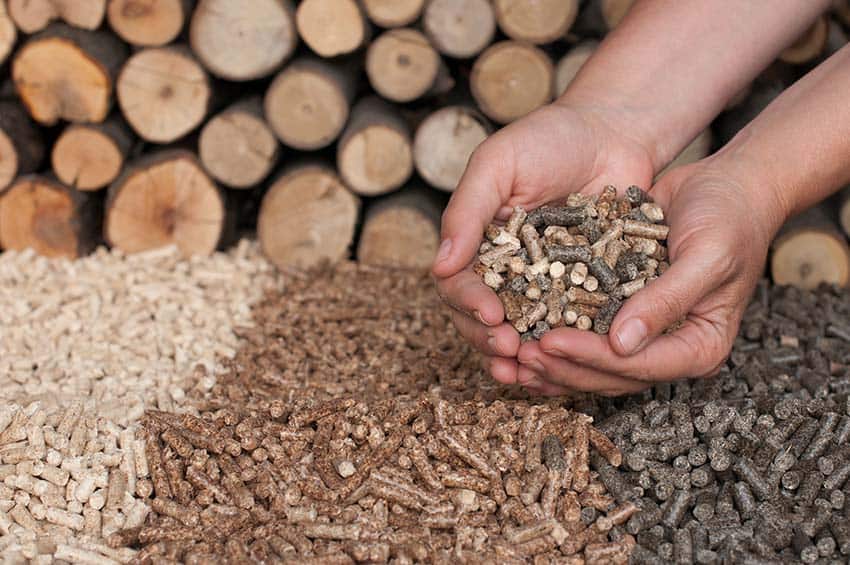The global market for wood pellets was valued at $11.622 billion in 2020, and is expected to reach $29.964 billion by 2027, with an estimated average annual growth rate of 14.49%, according to research by the Ireland-based agency Research and Markets, as reported by Woodworking Network. Wood pellets are a renewable energy source produced from sawdust or other ground wood materials. International standards specify requirements for wood pellets in terms of energy density, moisture content, durability, size, and shape of fuel pellets. Wood pellets have promising properties for large-scale production, which has led to increased global trade flows.
There are various areas of application for fuel pellets, which have boosted demand. For example, they are widely used as a convenient solid biofuel in automatic furnaces and boilers in the residential heating sector. Wood pellets reduce greenhouse gas emissions in electricity generation when co-fired with coal in power plants. Industrial wood pellets are used as a substitute for coal in power plants, while premium-grade pellets are used in pellet boilers and pellet stoves for heating.
Wood pellets have become a viable and promising renewable energy source as a replacement for coal, especially in Europe and North America. Over the past few years, the market has experienced tremendous growth, with increasing demand for both industrial and small-scale use in residential heating systems. The energy pellet market is gaining momentum, as pellets have a low carbon footprint, which aligns with goals aimed at transitioning to various renewable energy sources. For example, Austria aims to achieve 100% renewable electricity by 2030. France has committed to reducing greenhouse gas emissions and transitioning to a carbon-neutral state by 2050 under the Paris Climate Agreement of 2015.
Participants in the global market for wood pellets are actively involved in research and development to increase production efficiency and gain a competitive advantage over their competitors. Improved pellet mill designs are being developed to achieve high productivity with optimal fuel consumption. In addition, extensive research is being conducted on the production of wood pellets with high calorific value from available raw materials. It is expected that all these factors will contribute to the growth of the global wood pellet market over the next five years.
The global wood pellet market is divided into five major regional markets: North America, South America, Europe, Middle East and Africa (MEA), and Asia-Pacific region (APAC). In 2019, Europe accounted for the largest share of the global market. According to the Global Agricultural Information Network of the US Department of Agriculture, in 2018, the European Union consumed about 27.35 million metric tons of wood pellets, compared to 24.15 million tons in 2017. In addition, wood pellet consumption in this region will increase to 30 million tons in 2019, and imports will grow to 12.2 million tons. In 2017, there were 656 pellet production plants in the EU with a total capacity of 2.75 million tons. It is expected that the throughput capacity will increase to 72% in 2019 from 70% in 2018 and 67% in 2017.
Among European countries, the UK became the largest consumer of natural wood pellets in 2018, with 8 million tons, followed by Italy (3.75 million tons), Denmark (3.5 million tons), Germany (2.19 million tons), and Sweden (1.785 million tons). North America is also increasing its consumption of wood pellets due to regional price competitiveness compared to propane and residential heating oil. It is forecasted that the wood pellet market in the Asia-Pacific region will demonstrate significant annual growth rate during the forecast period. Favorable government policies to expand the use of wood pellets for power generation, along with an increase in the number of power plants, are fueling demand for wood pellets, especially in Japan, South Korea, and China.
